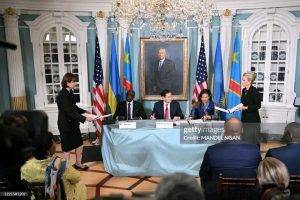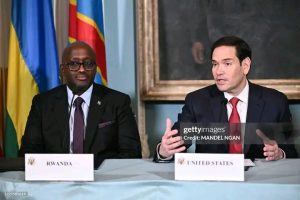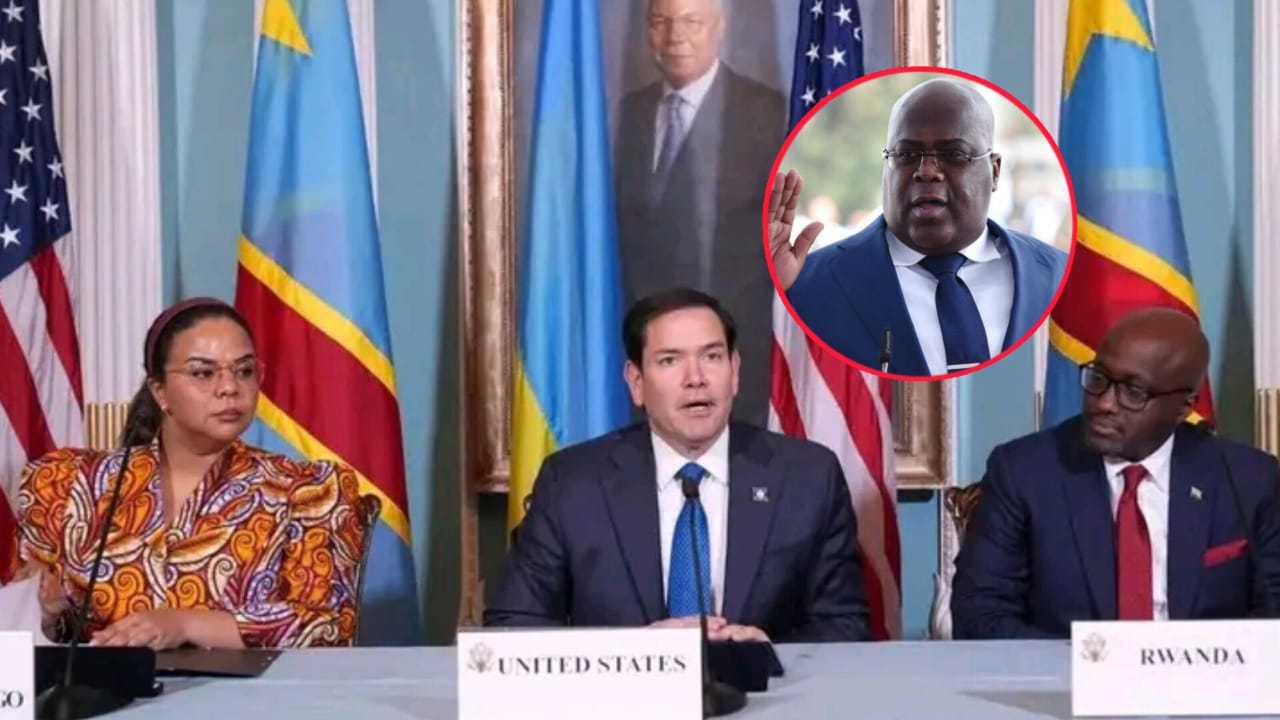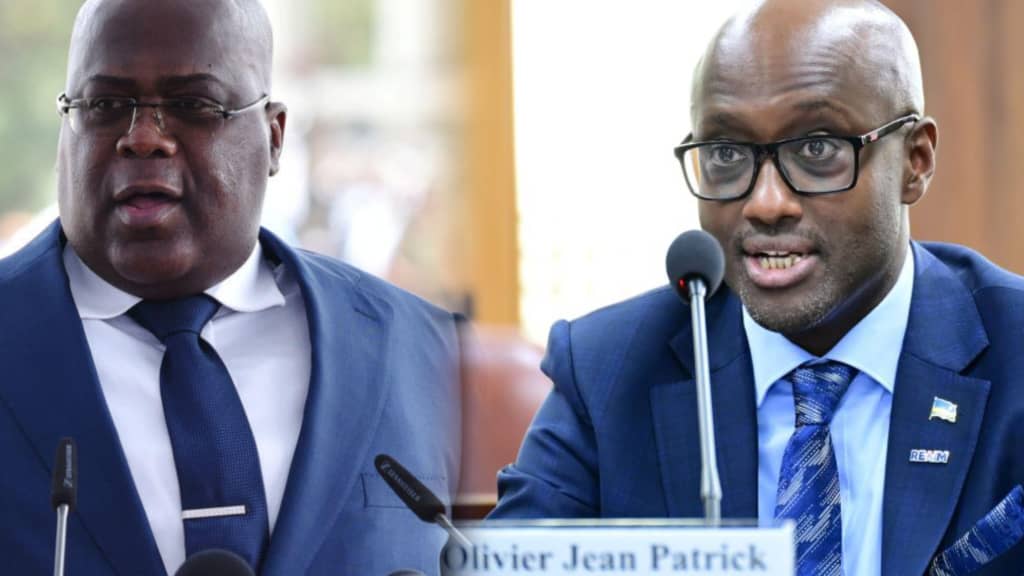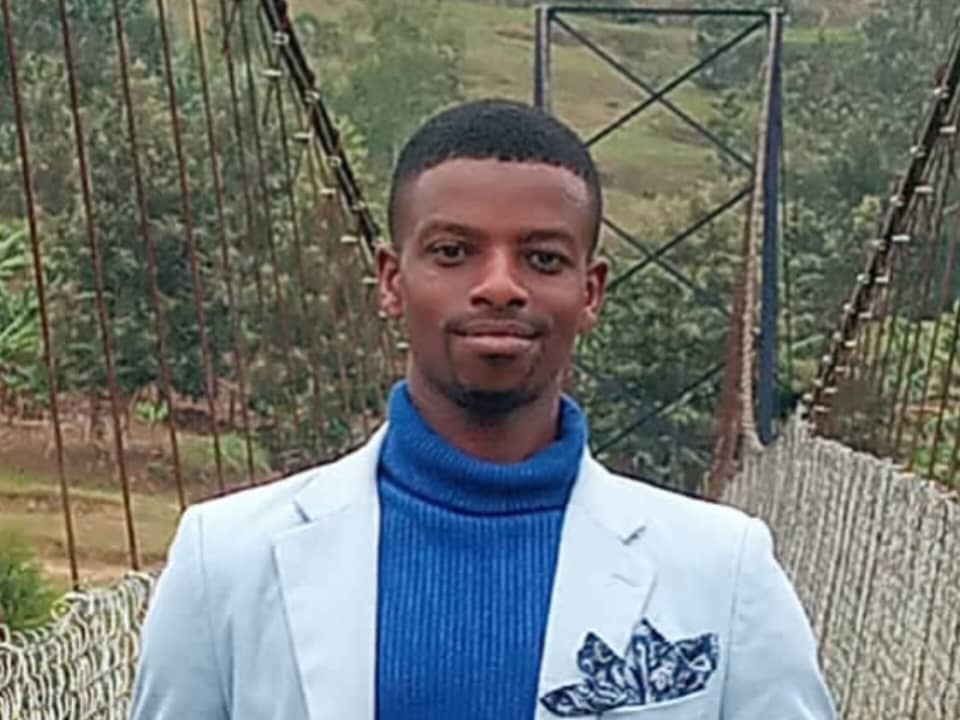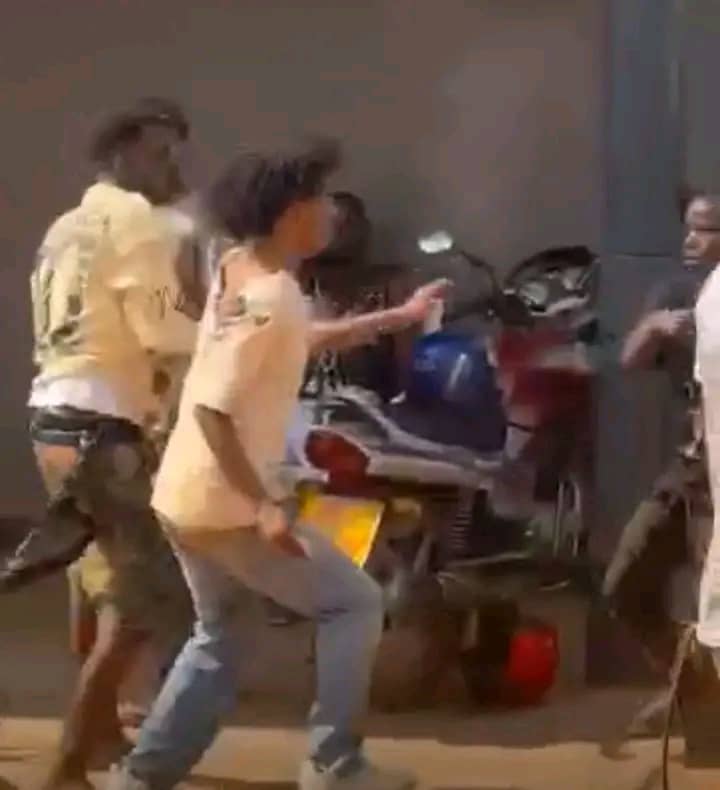Yesterday, Friday, June 27, 2025, Rwanda and the Democratic Republic of Congo signed a peace agreement, with the aim of finding a solution to the long-standing insecurity in eastern DRC. Before signing the agreement, the Rwandan Minister of Foreign Affairs once again returned to the issue of the FDLR armed group founded by those who committed the Genocide in Rwanda.
The agreement was signed in Washington DC, United States of America, where the Rwandan side was represented by the Rwandan Minister of Foreign Affairs, Olivier Nduhungirehe, while the DRC was represented by his counterpart, Thérèse Kayikwamaba Wagner.
The ceremony was presided over by the United States Secretary of State for Foreign Affairs, Marco Rubio.
Massad Boulos, who was involved in the negotiations that led to the agreement and is President Trump’s advisor on African affairs, said it was a “historic agreement” and that it would not have been possible to achieve it “without the involvement of President Trump”, while Marco Rubio said that there is still a lot of work to be done in terms of implementation, and that the progress made would not have been possible without the involvement of the Government of Qatar and the African Union.
Minister Olivier Nduhungirehe, who represented Rwanda at the signing of the agreement, referred to the FDLR as not an ordinary group, but rather a group of survivors of the Genocide against the Tutsi, which left more than 1 million people dead. He said that once the group is dismantled, Rwanda will begin to participate in the repatriation of refugees. He continued by saying that Rwanda is ready to participate in commercial activities in partnership with investors and American companies.
“We must acknowledge that there is considerable uncertainty in the region and beyond as many previous agreements have only just begun to be implemented. There is no doubt that the journey ahead will not be easy, but with the strong support of the United States and other partners, we believe that we have reached a point where we can make a difference,” he said. “Rwanda is ready to work with the DRC to implement our commitments.”
For her part, the DRC’s representative at the signing ceremony, DRC’s Minister of Foreign Affairs, Thérèse Kayikwamaba Wagner, called the agreement “a new step forward.”
She said, “Those who are most affected by this agreement are looking to us, they expect this agreement to be implemented and we will not let them down.”
He said that if implemented, it would also provide an opportunity for the Great Lakes region to take a new path “not just in words but in deeds,” stressing that “some wounds will heal but they will not be erased.”
Kayikwamaba continued, “For the DRC, we believe and will strive for this agreement to be respected not in our words but in our deeds. Today, we have chosen peace, what is needed is that we preserve it, and show our people and the world that even in a region marked by scars, dignity and solidarity can prevail. Now our work has begun.”
Here are some of the key points included in the peace agreement signed between Rwanda and the DRC:
– Respect for the sovereignty of each country and the prevention of conflict
– Ceasefire, disarmament and rehabilitation of non-state armed groups
– Establish a joint security structure between the two sides
– Assist in refugee repatriation operations
– Support the MONUSCO mission- Establish a regional economic cooperation program.
Minister Olivier Nduhungirehe also said that the agreement was signed based on negotiations that involved African mediators, in particular the President of Togo, Faure Gnassingbé.
